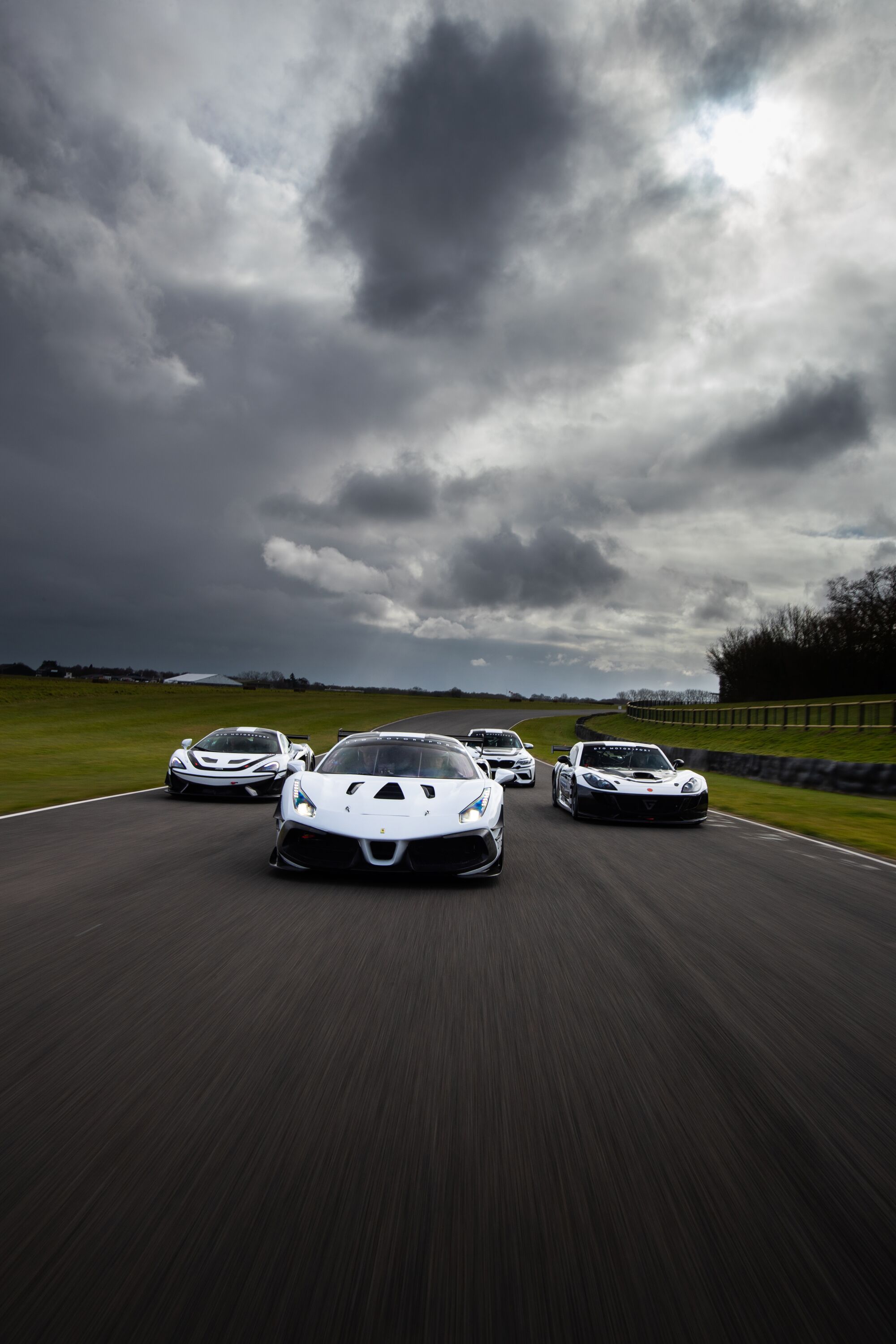Thank Frankel It's Friday: Two cars that have better Ferrari V8s than any Ferrari
 Andrew Frankel
Andrew Frankel
A fortnight ago I found myself on the Maserati stand at the New York Auto Show watching the revered Italian marque pull a rabbit out of a hat. It came in the form of the ultra-high performance Levante Trofeo SUV and because it was that rarest of things – a genuine surprise rather than something that’s been teased and trailed for months in advance by its manufacturer – it was probably the star of the show. The fact it had a 582bhp V8 engine designed and built by Ferrari probably helped too.

But there was one detail about its specification that interested me, slightly obscure for readers of mainstream car sites perhaps, but one I think I can trouble you with, not least because it leads me to subject of this column. Unlike any V8 fitted to any Ferrari road car in the 44 years it’s been producing motors in this configuration, the Maserati motor has a cross-plane crankshaft. This means there is a 90 degree angle between crankshaft throws rather than the 180 degrees more usually favoured by Ferrari because, ultimately, this latter arrangement can be made to spin faster and produce more power. But in an SUV and a turbocharged one at that, this doesn’t matter so much. What matters more is that instead of sounding like two four-cylinder engines sharing a common crank, it sounds like a traditional, thundering V8, like almost (but not quite) every one produced in Detroit for what is now over 100 years.
But this is not the first time this has happened. Back in the late 1980s another member of the Fiat family took a Ferrari V8, rearranged the crankshaft and created in the process one of the most curious cars I have driven in course of doing this job. I refer to the Lancia Thema 8.32.
You may recall the Thema was part of the ‘Type Four’ family of vehicles, an early example of what is now the commonplace practice of platform sharing. The idea was that four manufacturers would take the same fundamental structure but then reclothe it in their own bodywork, fit their own interiors and power it by with their own engines. It was a smart idea and it worked, spawning not only the Thema but the lovely Alfa Romeo 164, the not quite so lovely Fiat Croma and the entirely respectable Saab 9000.
And it was the complete powertrain flexibility the design allowed that led to the creation of the 8.32. Alfa had a snarling 3-litre V6 under the bonnet of the 164 and while the Ferrari engine had two more cylinders, it displaced a similar capacity, so why not?
In fact the engine ended up being very different to anything used by Ferrari at the time. For a start it was based on the old 3-litre V8 from the 308 which Ferrari had already developed into a 3.2-litre motor for its own use. For the Lancia it had smaller valves, the aforementioned cross-plane crank and a different firing order. So while Ferrari’s V8 now produced 270bhp under the engine cover of the 328GTB, the version provided to Lancia offered just 215bhp, less than you’ll find in a base specification VW Golf GTI today. Offered with a Poltrana Frau wood and leather interior, but available only in left hand drive and at a price of £40,000 some 30 years ago, it was not a wild success in the UK. In fact they sold just nine.
But it was my happy lot to test one of them and though I have far more than doubled in years since, I remember it well. My particular interest came from not being able to see how Lancia could successfully direct that much power through the front wheels of a car. Today combinations of clever suspension geometry, electronic algorithms and sophisticated differentials mean over 300bhp can successfully find its way to the tarmac via the front wheels, but such wizardry was not available in the 1980s. Indeed I can remember testing an Alfa 164 with just 192bhp and requiring both lanes of the test track to conduct acceleration runs, so violent was the torque reaction through the steering. By that token the 8.32 should have been undriveable.
Except it wasn’t. When I came to repeat the process in the 8.32, it put its power down beautifully, which would have been wonderful had it not been achieved by creating a steering system that certainly damped out all the torque reaction but only through being incredibly vague and lacking in feel. And it wasn’t even that quick: 0-60mph in 6.8 seconds and a top speed of 150mph.
But that engine was a masterpiece: it may have been less powerful than the V8s Ferrari made for itself at the time, but it sounded even better – a voice that growled, howled and yowled as the revs rose. To be honest it wasn’t a particularly good car, not when you could go faster and have far more fun in a Ford Sierra Sapphire Cosworth for two thirds of the money while a BMW M5 would blow its doors clean off for very little additional outlay, but I still have fond memories of it.
And you can still find them, apparently nice examples costing around £15,000. One did sell for nearly £30,000 earlier this year, but that might have something to do with the fact it had been owned by Rowan Atkinson for many years and fastidiously maintained throughout. Do I want one? No. Would I drive quite a long way to drive one and hear that noise once more? You bet.
Ferrari
Andrew Frankel
Maserati
Levante
Lancia
8.32
Thema











